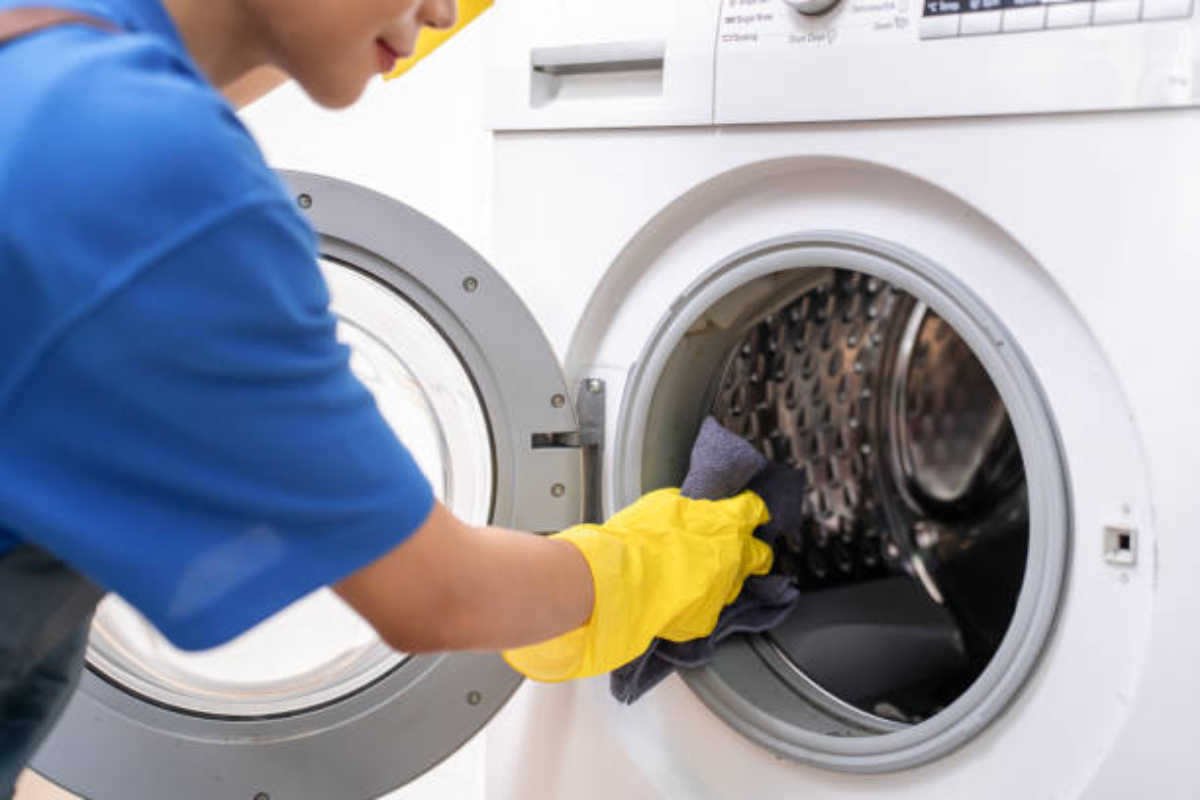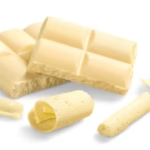Even though washing machines are built to clean clothes, they also need cleaning themselves. Over time, detergent residue, fabric softener buildup, and even mold can collect inside your machine, causing odors and affecting performance. If you’ve noticed your clothes smelling less fresh or your washer looking grimy, it might be time to learn how to clean a washing machine the right way.
This simple yet thorough guide will walk you through the steps for both front-load and top-load machines. Whether you use natural ingredients or store-bought cleaners, keeping your washing machine clean is easier than you think — and worth the effort.
Why Cleaning Your Washing Machine Matters?
Many people don’t realize that washing machines, despite their purpose, can become breeding grounds for bacteria, mold, and mildew. Each wash cycle leaves behind tiny traces of dirt, soap, and moisture. Over time, these build up, especially in areas like the rubber door seal, detergent drawer, and inner drum.
A dirty washer can lead to musty-smelling clothes, poor washing results, and even mechanical problems. Cleaning your machine regularly helps it run better, last longer, and keep your laundry smelling fresh. Understanding why and how to clean a washing machine not only improves hygiene but also protects your appliance investment.
How Often Should You Clean a Washing Machine?
How often you clean your washing machine depends on how frequently you use it and the type of detergent you use. A general rule is to do a light clean every month and a deep clean every 2–3 months.
If your washer is in constant use — especially in larger households — you might want to clean it more often. Front-loaders tend to need more attention due to their door seals and horizontal drum positioning, which trap moisture more easily.
Learning how to clean a washing machine regularly helps prevent buildup before it becomes a problem. Consistency is key, and even a simple monthly rinse cycle with vinegar or washing machine cleaner can make a big difference.
Supplies You’ll Need to Get the Job Done Right
Before starting the cleaning process, gather a few simple supplies. You don’t need anything fancy. In fact, you can clean your washer with basic household items. Most people use white vinegar, baking soda, a soft cloth or sponge, a toothbrush, and sometimes a specific washing machine cleaner for deeper cycles.
If you’re wondering how to clean a washing machine naturally, vinegar and baking soda are your best friends. They help break down soap scum, kill bacteria, and eliminate odors. A microfiber cloth helps you wipe surfaces without scratching them, and a toothbrush can reach tight spots like rubber gaskets and filter corners.
Step-by-Step Guide to Cleaning a Front-Load Washer
Cleaning a front-load washing machine requires attention to a few specific areas that trap dirt and moisture. Here’s how to do it the right way.
Wiping the Rubber Gasket and Door
Start with the rubber gasket around the door. This is a common place for mold and mildew to grow. Gently pull back the seal and wipe inside it with a cloth soaked in vinegar or a mild cleaning solution. Don’t forget to clean the inside of the glass door, too. Leaving the door slightly open between washes can also prevent moisture buildup.
Running a Cleaning Cycle with Vinegar or Cleaner
Next, run a hot water cycle with either white vinegar or a washing machine cleaner. Add two cups of vinegar to the detergent dispenser and start the hottest cycle available. This helps break down grime, disinfect the drum, and remove odors. If you prefer store-bought products, follow the instructions on the label for best results.
Cleaning the Detergent Drawer and Filter
Remove the detergent drawer completely and soak it in warm water. Use a toothbrush to scrub away any residue, especially in corners. Rinse and dry it before placing it back. Don’t forget the filter (usually located at the bottom front panel of the washer). Empty it carefully, clean it thoroughly, and reattach it securely.
How to Deep Clean a Top-Load Washing Machine?
Top-load washers may seem easier to clean, but they still need regular maintenance. Their design allows for different cleaning techniques.
Removing Built-Up Residue from the Drum
Start by filling the drum with hot water. Add four cups of white vinegar and let the machine agitate for a few minutes. Stop the cycle and allow the vinegar to sit for an hour. This soaking process helps loosen any residue stuck on the drum. After the hour, complete the cycle to rinse it out.
Scrubbing the Agitator and Lid Area
While the drum soaks, clean the agitator — the center post that spins in the middle — and the underside of the lid. Use a toothbrush or sponge with vinegar to remove buildup. Also wipe the rim of the drum, which often collects dust and grime. Don’t skip these spots when learning how to clean a washing machine, as they often hold hidden dirt.
Tips to Keep Your Washing Machine Clean Longer
Prevention is the easiest way to avoid deep cleaning too often. First, always remove clothes promptly after the cycle ends. This prevents moisture buildup and mildew. Second, leave the washer door or lid open when not in use. Air circulation helps keep the drum dry.
Also, use the correct amount of detergent. Too much soap creates excess suds, which leave behind residue. High-efficiency (HE) washers need low-sudsing detergent. You can also do a quick rinse with hot water and vinegar once a week to keep things fresh.
These small habits extend the time between cleanings and help your washer run more efficiently, saving water, energy, and effort in the long run.
Common Mistakes to Avoid When Cleaning Your Washer
It’s easy to make small mistakes when cleaning your washer that can do more harm than good. One common mistake is using harsh chemical cleaners that can damage seals or discolor plastic parts. Always check your manual or opt for gentle, natural options.
Another issue is neglecting the filter. Many people forget it exists, yet it can get clogged and impact performance. Similarly, skipping the detergent drawer or door gasket leaves mold and soap scum behind.
Avoid overusing bleach. While it’s effective, it’s also strong and can be harmful if mixed with other substances like vinegar. Stick to one cleaning method at a time and always rinse well.
Most importantly, don’t wait until your washer smells bad. Learning how to clean a washing machine proactively saves you from dealing with bigger problems later.
Conclusion
A clean washing machine isn’t just about hygiene — it’s about keeping your laundry fresh, your appliance efficient, and your home running smoothly. Regular maintenance, whether monthly or quarterly, takes only a little effort but delivers big results. Now that you know how to clean a washing machine properly, you can enjoy better laundry days with less hassle and fewer odors. Your clothes — and your nose — will thank you.
FAQs
1. Can I use bleach to clean my washing machine?
Yes, but use it with caution. Run a hot cycle with one cup of bleach (no vinegar at the same time). It’s good for killing bacteria but not recommended too often as it can wear out rubber parts.
2. How do I stop my washer from smelling bad?
Keep the door open after use, remove wet clothes right away, and clean monthly with vinegar or washer cleaner. Wipe down seals and clean the filter regularly.
3. Do I need special products to clean a washing machine?
Not necessarily. You can use household items like white vinegar and baking soda. However, washer-specific cleaners can be more effective for deep cleaning or heavy residue.
4. What’s the easiest way to clean a washing machine naturally?
Add two cups of white vinegar to an empty hot cycle, wipe down the drum and seals, and clean the detergent drawer. It’s simple, affordable, and chemical-free.
My name is Mustafa, and I have been blogging for over 5 years. I am passionate about sharing complete, accurate, and helpful information with my readers. Along with managing content on The Matcha Read, I also contribute blog posts to premium websites. My goal is to provide valuable insights in a clear and easy-to-understand way, so every reader walks away with useful knowledge.










